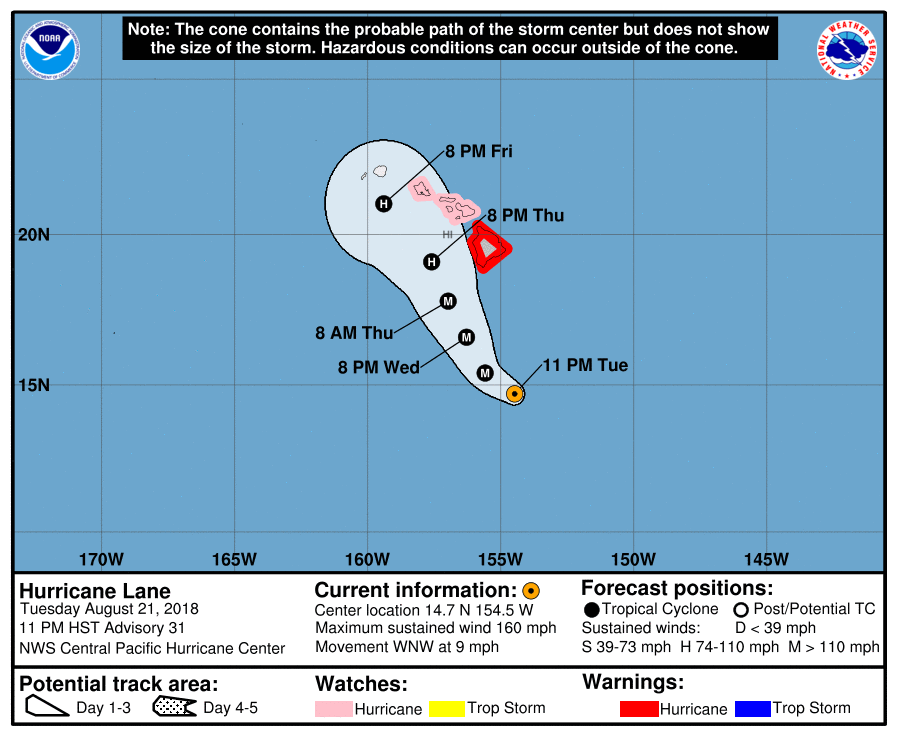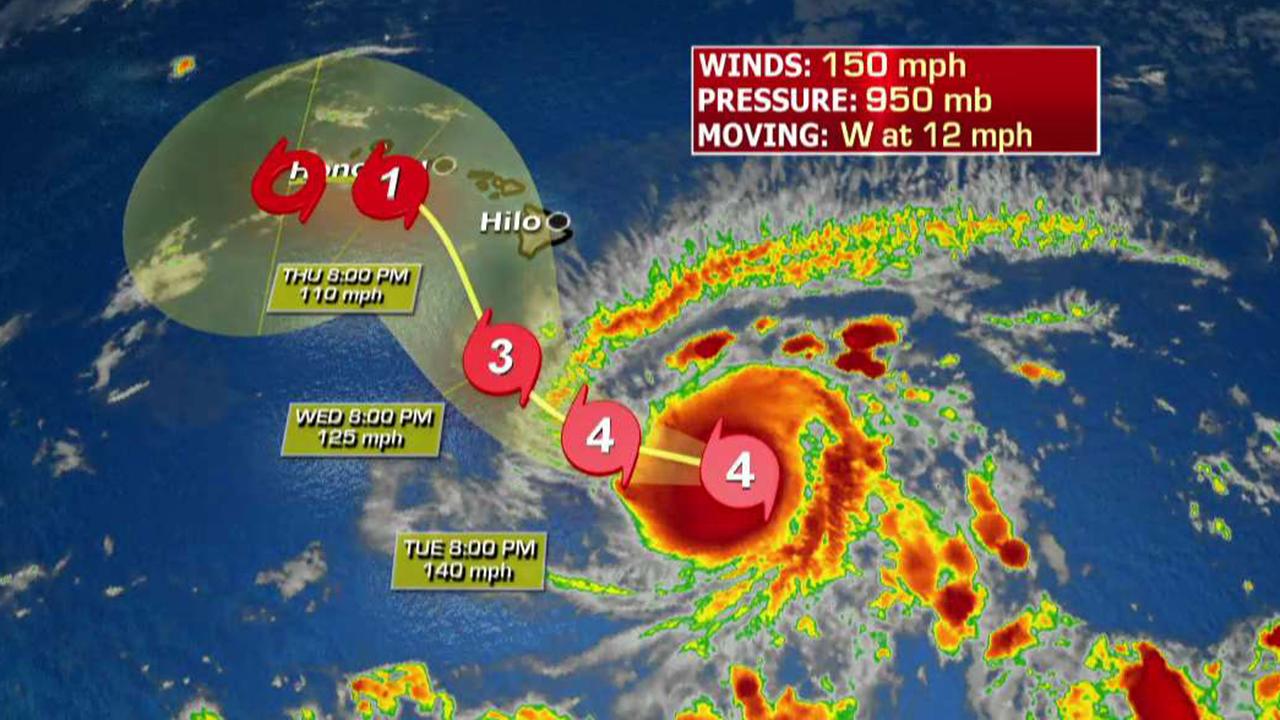
“Severe flooding on the windward side of Hawaii Island built over several days, and multiple fires initiated on the leeward sides of Maui and Oahu within hours of each other. “The surprising thing about Hurricane Lane was that, despite never making landfall, the storm caused considerable damage and disruptions across the state from two rather contradictory things: fire and rain,” said Nugent. Socioeconomic factors include infrastructure quality, the availability of early warning systems, and capacity for evacuation and emergency response. Biophysical aspects include distance inland from the coast, terrain slope, coastal ecosystem integrity and land surface cover. The vulnerability of a population in any given location to the impacts of tropical cyclone hazards is determined by a multitude of interacting factors.

The simultaneous occurrence of rain-driven flooding and landslides, strong winds and multiple fires complicated the emergency response.

Conditions at the edge of the storm resulted in dry windy weather conducive to fire, while closer to the storm center, the incredibly moist atmosphere lifted by Hawaii’s mountains brought intense, long-lasting rainfall. They found that land-use characteristics and preceding moisture conditions exacerbated fire hazards, and both fire and rain severity were influenced by the hurricane environment and local topographic features. “In this study, we document what we believe to be the first instance of a hurricane causing both heavy rainfall and contributing to multiple instances of fire simultaneously,” said Alison Nugent, lead author of the study and assistant professor of Atmospheric Sciences in UH Manoa’s School of Ocean and Earth Science and Technology (SOEST).Ī team of UH Manoa and East-West Center scientists analyzed multiple aspects of the storm’s meteorology and climatology, the environmental conditions leading up to the storm, and documented the associated societal impacts.


 0 kommentar(er)
0 kommentar(er)
